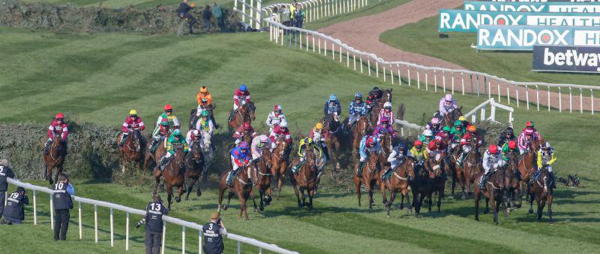| Has the Grand National Become Easier to Win? Monday 29th April 2019 |
We have seen several modifications to the Grand National over the past few years. These are all designed to make the race safer, both for the horses and jockeys that are taking part. There is no doubt some people believe this has taken something away from the race, and that it is now easier than ever to win it, is that the case?

It should also be said that if the race is easier to win now, then is it possible that punters are having an easier time finding the winner? There are many new bookmakers over at Newbettingsites.uk who offer Grand National betting. Are these new sites about to feel the force of the punters every single year, as the race has become easier to solve?
That site lists many new bookmakers where you can place a bet on the Grand National, and as we have seen over the last two year’s with wins by Tiger Roll, the fancied runners are winning the race, and bookmakers are being beaten by punters.
The Grand National Fences
The fences are the one thing that sets the Grand National apart from regular horse races, but it is also what has changed the most. The fences have come under criticism before for being too difficult to jump, and that has led to them being made smaller. Other than the water jump, every fence on the national course is 4ft 6in or higher, so they still take plenty of jumping.
The most iconic fence on the course is Becher’s Brook, which has undergone a big transformation since inception. Back then, while the fence was only 4ft 10in, the landing side was below the taking off point, so the drop down to the landing side was around 8ft. Many modifications have taken place on that fence, and now we see the landing side between five and ten inches lower than the take-off, which remains the same.
The Chair is still the biggest fence on the course, standing at 5ft 2in, although the landing side of that fence is actually higher than the take off point by about six inches. Elsewhere a number of landing areas have been changed as this was cited at the biggest part of the problem when it came to horses falling in the race.
Race Distance
Although the Grand National is ran over the marathon distance of 4m2f, this is actually slightly shorter than what the race used to be run over. Originally the race was a 4m4f race, but this changed in 2013. The reason behind the move was to move the start away from some of the biggest crowds on the course, but it does make the race slightly easier for those who may not quite stay the trip.
Race Qualifying Rules
Not every horse can simply enter and run in the Grand National, rules have been added around participation to ensure that only horses who have the right experience can run in the race. To run in the Grand National the following boxes need to be ticked:
- Horse must be seven or older
- Horse must have ran over fences during the current season
- Horse must have finished in the first four in a chase race over 2m7f or greater
- Horse must be rated 125 or more over fences
On top of this, rules have also been brought in surrounding jockey participation. To ride in the Grand National, you must have rode 15 total winners over fences or hurdles, with 10 or more of those coming over fences.
Field Size
In the 1929 Grand National, 66 runners started the race and just nine finished. Today the field size is limited to just 40 runners, but that was not brought in until 1984. In 1999 reserves were added to the final field, and if we had any non-runners they would run in their place, to ensure we still have 40 runners going to post.






